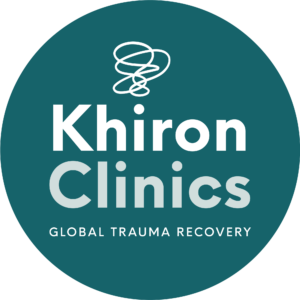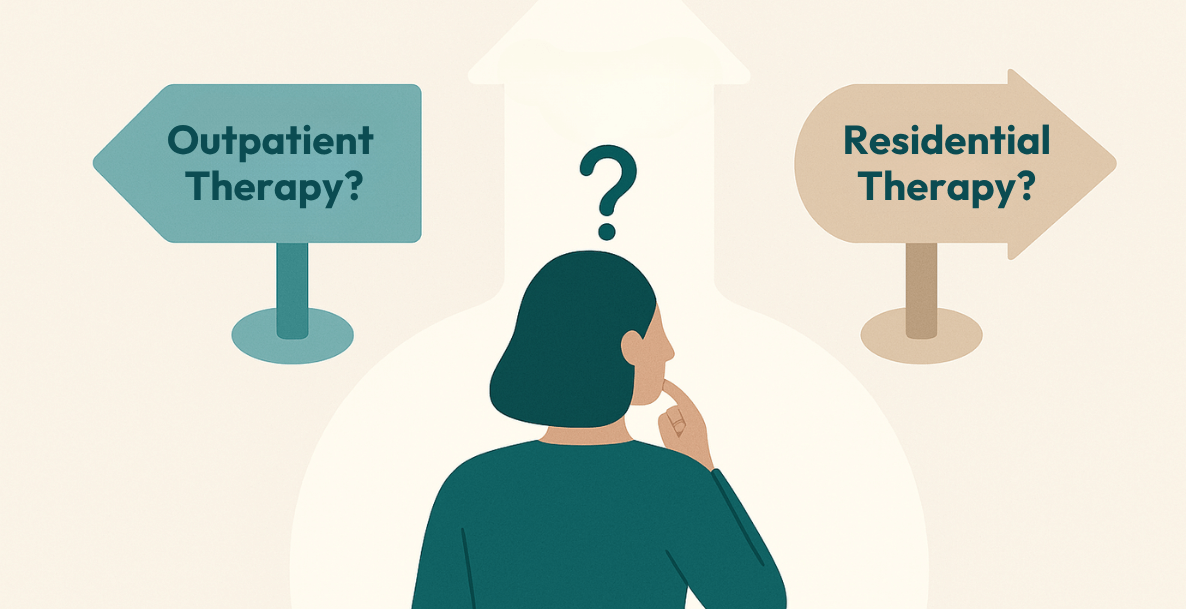The link between phobias and trauma in children is a complex interplay of psychological factors. Traumatic experiences, such as accidents, violence, or natural disasters, can imprint deeply on a child’s psyche, leading to persistent fears and anxieties.
These traumas may manifest as specific phobias, such as fear of heights, animals, or enclosed spaces, as the child’s mind seeks to avoid reminders of the traumatic event. Additionally, unresolved trauma can exacerbate existing phobias or trigger new ones. Understanding and addressing the underlying trauma is essential in treating childhood phobias effectively, helping children regain a sense of safety and control over their lives.
What Are Phobias In Children?
A phobia is an exaggerated fear of a specific object or situation persisting for at least six months, categorized as an anxiety disorder. Various types of phobias include:
Specific phobia
Children experience intense anxiety when faced with particular objects or scenarios, often avoiding them or enduring them with overwhelming fear, hindering normal activities. Common examples include animals, getting sick, insects, blood, having a parent, sibling, or pet get sick or hurt, heights, injections, and flying.
Panic disorder
Characterised by sudden, unpredictable episodes of intense fear or discomfort, often accompanied by panic attacks featuring symptoms like shortness of breath, dizziness, shaking, and a racing heartbeat, with effects lasting hours but typically peaking within ten minutes.
Separation anxiety disorder
Separation anxiety involves the fear of being from a primary attachment figure such as a parent or guardian. It can profoundly disrupt daily functioning, stopping children from fully engaging in social activities and delaying milestones such as attending nursery and school.
Selective mutism
Experts recognise selective mutism as a fear, akin to a phobia, of speaking to people. While its exact cause isn’t always clear, it’s commonly linked to anxiety, and children with selective mutism often also exhibit a predisposition to anxiety.
What Are Common Causes of Phobias In Children?
Common causes of phobias in children can vary, but they often include:
- Genetics: Children may inherit a predisposition to anxiety disorders, including phobias, from their parents or family members.
- Learned behaviour: Children may learn to fear certain objects or situations through observation or experiencing others’ reactions to them.
- Overprotective parenting: Overprotective or anxious parenting styles can inadvertently reinforce a child’s fears and contribute to the development of phobias, such as separation anxiety.
- Environmental factors: Growing up in an environment with high levels of stress, instability, or trauma can increase the likelihood of developing phobias.
- Traumatic experiences: Frightening or distressing events, such as accidents, injuries, natural disasters, or witnessing violence, can trigger the development of specific phobias.
Events like injuries, burns, animal attacks, and natural disasters, known as non-interpersonal potentially traumatic events, don’t involve deliberate harm from others. In older children, these events can lead to issues like depression, anxiety, phobias, and post-traumatic stress disorder.[1]
What is The Knock-On Effect on Mental Health and Development?
Phobias and trauma create a constant state of heightened anxiety and stress in children. The fear of encountering triggering situations or objects can be overwhelming, leading to persistent feelings of nervousness, tension, and worry.
This chronic stress can dysregulate the child’s stress response system, making them more susceptible to anxiety-related disorders and physical health problems over time. Other long-term effects of phobias include:
Social Isolation
Children with phobias or trauma-related fears often withdraw from social interactions to avoid potential triggers. They may feel safer and more in control when alone, but this isolation can exacerbate feelings of loneliness, depressive symptoms, and impair social skills development.
Over time, social withdrawal can lead to a cycle of avoidance and further isolation, hindering healthy social and emotional development.
Impact on Relationships
Phobias and trauma can strain relationships with family members, friends, and peers. Children may struggle to explain their fears to others, leading to misunderstandings or frustration from loved ones. Additionally, their avoidance behaviours or emotional dysregulation can create barriers to forming and maintaining meaningful connections, further isolating them from supportive relationships.
Academic Performance
The emotional distress and cognitive preoccupation associated with phobias and trauma can impair a child’s ability to concentrate, retain information, and participate actively in school. This can lead to missed opportunities for learning and development.
Physical Health
Chronic stress and anxiety resulting from phobias and trauma can take a toll on the child’s physical health. The body’s stress response system can manifest in various physical symptoms such as headaches, stomachaches, muscle tension, fatigue, and sleep disturbances. Over time, these physical manifestations of stress can contribute to the development of chronic health conditions and compromise overall well-being.
Developmental Milestones
Phobias and trauma can impede the attainment of important developmental milestones. Children may struggle to develop independence, emotional regulation skills, and social competence due to their avoidance behaviours and anxiety symptoms. This can delay progress in key areas of development and impact their overall growth and maturation.
Risk of Additional Mental Health Issues
Untreated phobias and trauma increase the risk of developing comorbid mental health disorders, such as depression, post-traumatic stress disorder (PTSD), and substance abuse. The chronic stress and emotional dysregulation associated with phobias and trauma can create a vulnerability to other mental health issues, compounding the child’s difficulties and complicating treatment efforts.
Addressing phobias and trauma early on is essential for preventing long-term negative outcomes and promoting resilience and well-being across the lifespan.
Treating Phobias in Children
Diagnosing phobias involves understanding the underlying triggers, which may stem from past traumas. Cognitive behavioural therapy (CBT) remains a popular treatment for phobias, and for some children and young adults, it may show promise.
However, CBT assumes that changing a thought will change behavioural response. In the case of phobias stemming from trauma, this strategy is unlikely to work, as it does not recognise the dysregulation that is causing the adaptive response – in other words, the phobia. Research shows that dysregulation of emotions is a core problem in various phobias[2], meaning treatment must offer some form of psychoeducation and strategies for nervous system regulation.
Sources:
[1] Briggs-Gowan MJ, Carter AS, Clark R, Augustyn M, McCarthy KJ, Ford JD. Exposure to potentially traumatic events in early childhood: differential links to emergent psychopathology. J Child Psychol Psychiatry. 2010 Oct;51(10):1132-40. doi: 10.1111/j.1469-7610.2010.02256.x. Epub 2010 Aug 19. PMID: 20840502; PMCID: PMC3106304.
[2] Zsido, A.N., Lang, A., Labadi, B. et al. Phobia-specific patterns of cognitive emotion regulation strategies. Sci Rep 13, 6105 (2023). https://doi.org/10.1038/s41598-023-33395-6






